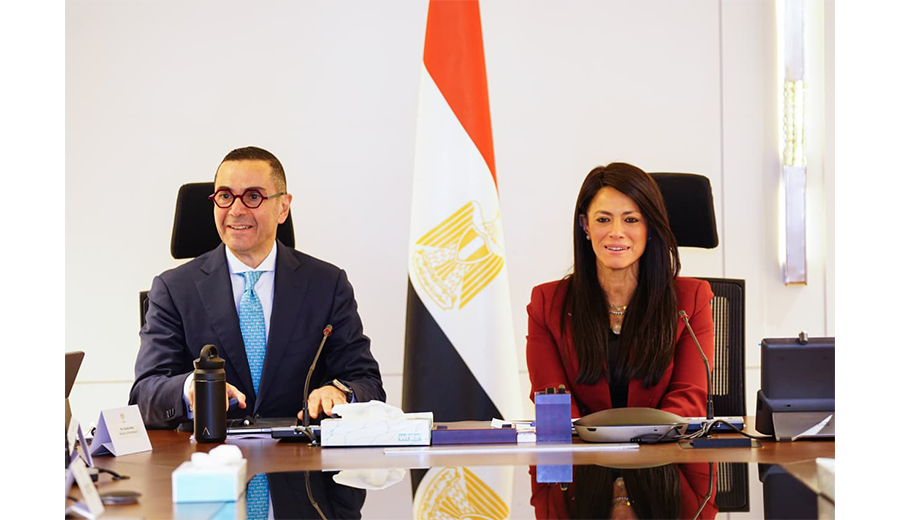Egypt’s Ministry of Planning holds the first phase of the institutional strengthening program for equal opportunities units

20 August 2021
The Ministry of Planning and Economic Development represented by the Equal Opportunities Unit; held the first phase of the institutional strengthening program for equal opportunities units under the title "The emergence and indicators of equal opportunities within the framework of sustainable development goals" for the employees of the equal opportunities units at the Ministry of Planning and its affiliated bodies.
The first phase was also held for a group of employees of the Electricity Transmission Company, in partnership with the project to support renewable energy and promote equal opportunities in the private sector, funded by the European Bank for Reconstruction and Development and the Green Climate Fund.
Dr. Hala El-Said, Minister of Planning and Economic Development, pointed out the importance of establishing equal opportunities units in various agencies. This is in support of the fifth goal of the Sustainable Development Goals on gender equality, and working to find an institutional framework to follow up on the implementation of equal opportunities, in addition to Egypt’s targeting of gender non-discrimination between men and women in all economic, social and political fields related to Egypt’s Vision 2030, the women’s empowerment strategy.
During the inauguration of the program, Eng. Khaled Mustafa, Permanent Undersecretary of the Ministry of Planning and Economic Development, said that societies are based on gender participation to reach the goals and achievements we aspire to.
Mustafa pointed out that every person has different capabilities and interests, so the generalization of the idea of inclusion and participation in society contributes to achieving the maximum benefit from all available capabilities.
“The main purpose of reaching equal opportunities is to achieve a renaissance and development of society depending on all its elements and energies,” he added.
He explained that the goal of the establishment of the Equal Opportunities Unit is to transform the idea of gender equality into a tangible reality based on a scientific methodology.
For her part, Dr. Shaima Siraj, Director of the Equal Opportunities Unit at the Ministry of Planning, reviewed during the inauguration of the program; The development of equal opportunities units from the global perspective, the current international reasons for concern for equal opportunities, and the return from achieving the fifth goal of the sustainable development goals on gender equality.
Siraj indicated that achieving development and implementing the agreements ratified by Egypt requires the presence of focal points in official institutions that mean achieving the principle of equal opportunities in all fields, and integrating the principle of gender equality in cooperation with the National Council for Women.
Siraj also pointed out how to achieve equal opportunities and the foundations of the concept of gender, which includes the roles assigned to women and men, providing them with equal opportunities, and redistributing roles between women and men based on the concept of participation.
The sessions of the first phase of the program included a session presented by Ms. Wafaa Majid, the national and regional gender statistician; where she discussed the concept of gender, the foundations of the concept of gender, gender in international instruments, and gender issues in society.
Majed also reviewed gender statistics and their definition, statistical tools for measuring gender indicators, and elements of gender statistics analysis.
Ms. Shaima Naim, Director General of the Strategic Department at the National Council for Women also presented a session in which she discussed the national strategy for the empowerment of Egyptian women in 2030.









